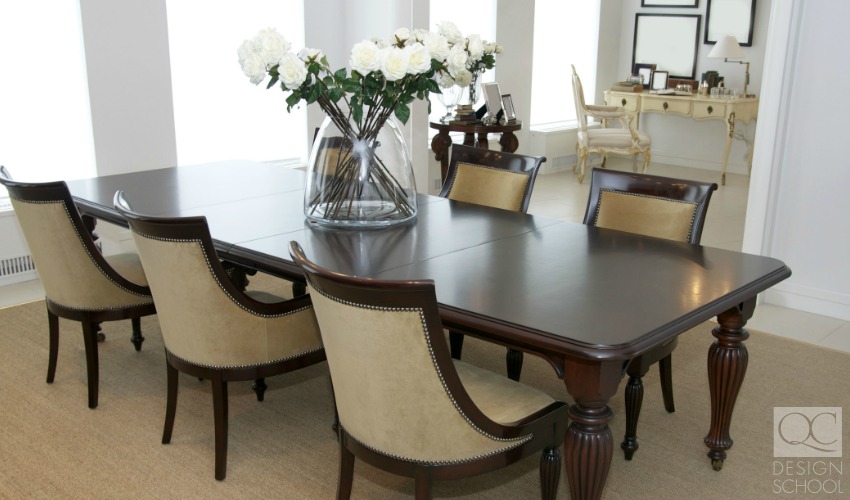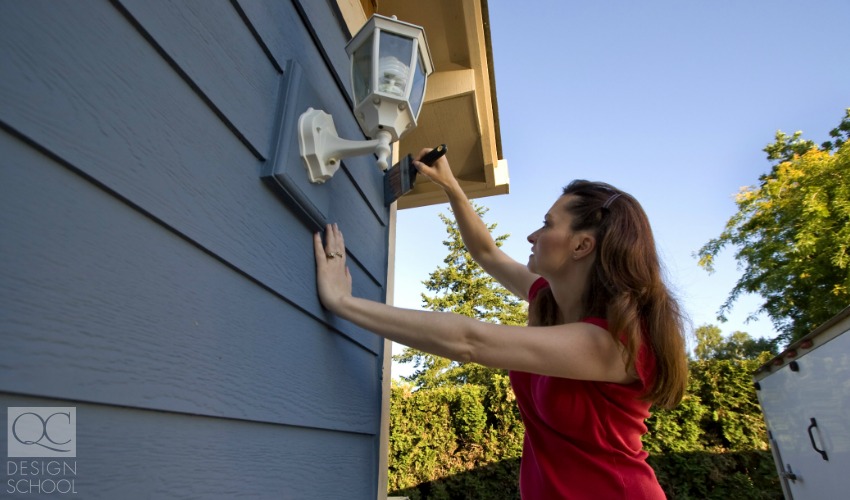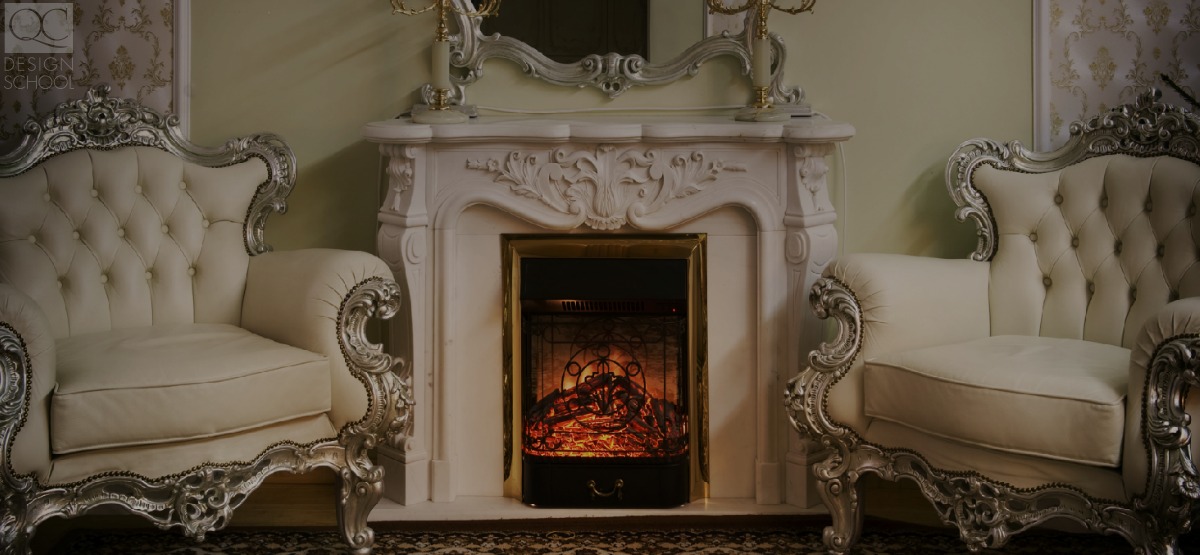As a professional home stager, you take pride in making as many aesthetic changes to your client’s home as necessary to make it appealing to every buyer. Your attention to detail and understanding of what homeowners look for are what attracted to you to a career in staging homes.
So how do you go about closing the sale? This is an extremely important component of your role as a stager, and it involves both your expertise as well as the help of a real estate agent. We’ve put together some points to ensure you seal the deal with your potential buyers as soon as possible, and boost your confidence as a home decorator in the process!
1. Get ready for guests
Prepare your client’s home to entertain. No, we don’t mean getting it ready to be visited by potential buyers (although you should be doing this too) – rather, act as though the home was built to host guests. Choose large furniture items such as a grand dining room table and chairs, large sitting areas in living rooms, and lush bedroom furniture.
Now, this isn’t to say that the furniture should be oversized – it has to be the right fit for each room. But, as home stager, you should ensure that the potential homeowners can imagine entertaining a large group of people, because this will allow the home to feel spacious, inviting, and exciting!

2. Make friends with real estate agents
Did you know that many home staging professionals get their start by working with local real estate agents? Real estate agents are responsible for the business side of a sale, while you’re more focused on the aesthetic changes involved in preparing the home to be sold. The working relationship between your two roles is vital in order to close the sale – real estate agents need to ensure a home looks stunning before an open house, and home stagers will make a home buyer-ready.
If you’re not familiar with this dynamic, real estate agents will most commonly reach out to home stagers for an open house. The home is usually vacant and in need of staging, or if it has been on the market for a while and no offers have been made. Stagers are called in to work their magic, and will benefit greatly from the experience with real estate agents (who may provide a reference at the end of the project!).
3. Paint!
Using a neutral color palette for interior painting is one of the most effective tools at a home stager’s disposal. For potential buyers to easily picture themselves living in a house, it is vital that the walls of each room be as universally appealing as possible. So, while painting is a wonderful way to create a clean, updated look, be very mindful of the colors you use and how they impact visitors in the home.

And don’t forget the outside of the house – a great way to take an honest look at a home is by putting yourself in a buyer’s shoes and walking up the footpath to the home. Be critical of all the little details on the exterior of the home, especially when it comes to painting, and determine what really needs to be done for the home to shine as brightly as it can.
4. Tone down the chaos
Buyers want to be able to see themselves happily living in a home, and although this sounds almost impossible to achieve, it’s doable with the right touches. One major point to keep in mind is the importance of simplicity, and this is especially true when it comes to busy living areas and the home’s exterior. Never underestimate the importance of curb appeal!
Your client’s kitchen, living room, and hallways are the spaces that potential buyers are going to be affected by. They’ll undoubtedly imagine their own furniture in each room, as well as their loved ones, creating memories and living a happy life. This is why it’s so important to keep these areas depersonalized, decluttered, and organized!
Use small accents such as vases and picture frames to keep the space interesting. It only takes seconds for a first impression of a home to be formed, so keeping things simple is important – buyers will pick up on this right away.
5. Understand potential buyers
It’s not surprising that psychology plays a large role in the process of staging homes. Understanding who lives in the neighborhood, why it’s desirable, and how to create an emotional connection between the buyer and the home are key elements. It’s just as important to have a deep understanding of who you’re working with (and selling to) as it is to make the right changes to stage a home.
When working with your client, take some time to get to know them and find out why they moved into that home, what attracted them to that particular area, and why they’ve stayed as long as they have. Building this relationship with the current homeowner is extremely valuable, as it will give you an inside look at what type of buyers will be interested in the home. You’ll know what to focus on when staging, and ensure your clients get top dollar for their home.

6. Keep odors out
Finally, be sure to avoid cooking any food or having pets in the home close to an open house. Buyers don’t want to be distracted by the smell of dinner, and certainly don’t want to be overwhelmed by the smell of a dog or cat (especially when they don’t have a pet themselves). Keeping the air in the home fresh and neutral is one way to make sure potential buyers picture themselves living there. This will be one less way to connect the current owners to the house, and provide buyers with a clear vision. Keeping odors out is just one of many sins to avoid when staging a home, so be sure to read up on the other disasters to avoid!
